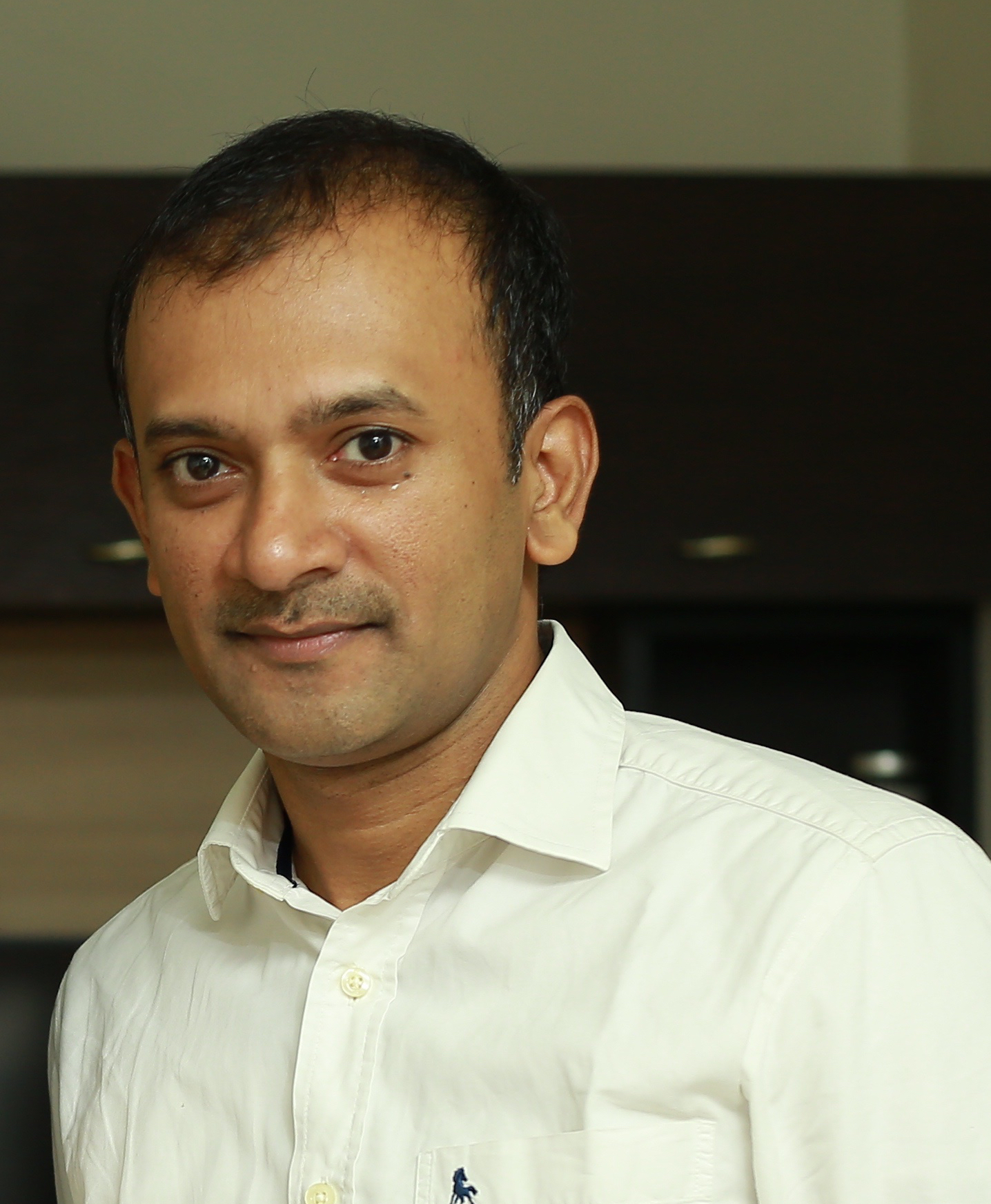(Coauthored with Lekha Chakraboty)
Estimating the buoyancy of own tax revenue and its important components for Himachal Pradesh for the period 1980 to 2017.
Himachal Pradesh was ranked second amongst all the states and Union territories of India, with a score of 69, in the composite score published by the NITI Aayog in December 2019, based on its overall performance across multiple goals of the UN Sustainable Development Goals (SDG). It is notable that Himachal tops in SDG 4, Quality Education, as a ‘Frontrunner State’, and SDG 5, Gender Equality, as a ‘Performer State’. It is second only to Kerala, which has overall score of 70. While achieving these goals, Himachal has also made credible progress in adhering to the ‘beyond growth’ parameters, focusing on human capital formation as well.
It will be instructive to explore the ‘role of state’, analysing the finances of the government and assessing the fiscal health of this star performer in SDG, to identify the medium-term challenges before the state. How has Himachal negotiated the contours of fiscal discipline articulated by the Fiscal Responsibility and Budget Management (FRBM) Act, Fourteenth Finance Commission (FFC) and Medium Term Fiscal Policy Statement? After registering revenue deficits in 2013 and 2014, the state has managed to move to revenue surplus for three consecutive years. But revenue surplus has slid continuously from 2015-16. FRBM and FFC proposed a fiscal deficit ceiling of 3% and Himachal has clocked a fiscal deficit-to-GSDP ratio of 2.85 for the year 2017-18. The ‘State Finances: A Study of Budgets of 2019-20’ report by RBI points out that a public expenditure retrenchment by all the states—and especially capital spending—is responsible for the reduction in gross fiscal deficit of states in 2017-18. The RBI report stated that the disbursement of discom loans, as part of the UDAY (Ujjwal Discom Assurance Yojana) power bond programme, has created pressures on state finances.

Himachal Pradesh has a total outstanding debt-to-GSDP ratio of 37.55%. Currently, the ratio of interest payment to revenue receipts of the state is 10.34% compared to 11.47% in 2013-14. As per the recent CAG report, the state might face fiscal pressure in 2020-21 while converting the UDAY bonds into grants-in-aid. Himachal has issued bonds worth Rs 2,890.5 crore, which was 75% of state discom’s debt as on September 30, 2015, as required under the UDAY scheme. The UDAY power bond was a tripartite MoU signed by the Ministry of Power (government of India), discoms (power distribution companies) and state governments. It is noteworthy that Himachal Pradesh has achieved remarkable progress in reducing the AT&C losses. In the financial year 2018, the figure for Himachal is 0.74%, compared to the all-India figure of 18.7%. Similarly the ACC-ARR gap for the state is an impressive Rs -0.07, compared to the national average of Rs 0.17. The financial parameters of the state in the power sector were impressive even before joining the UDAY programme.
On economic growth front, Himachal has fallen to single-digit nominal growth rate from 2014-15 onwards, from about 14% in 2013-14. In the context of the ongoing slowdown of the economy, an immediate rebound is difficult to foresee. These challenges make an assessment of the resource mobilisation by the state extremely difficult. In a context where the economy is slowing down and the Fifteenth Finance Commission is contemplating lower devolution of tax pool to states, mobilising more own tax revenue assumes more importance. The need to meet the targets related to deficits, outstanding debt and servicing the debt also makes mobilisation of more own tax revenue critical. The state also faces challenges as a hill state, due to comparatively difficult terrain; the cost of construction, maintenance and service provision is very high. Himachal has highlighted this to the Fifteenth Finance Commission during their state visits and urged it to incorporate ‘terrain’ as a criterion for fiscal transfers. This is also applicable in the case of North-eastern states. Here it must be mentioned that Nepal has integrated differential expenditure needs due to terrain-related constraints in the fiscal transfer design, although it is a young federation compared to India.
Against this backdrop, the tax buoyancy is the key to fiscal prudence of the state. We have estimated the buoyancy of own tax revenue and its important components for Himachal Pradesh for the period 1980 to 2017 (see accompanying table). The own tax revenue of Himachal was around 4% of GSDP in the early 1980s. It oscillated between that figure and close to 6% after that. It touched an all-time high of 5.9% in 2015, but has fallen marginally to 5.3% by 2017.
Using static estimates of tax buoyancy, we can see the buoyancy of own tax revenue alternated between unity and less than unity over the decades. And the buoyancy was less than unity for the period after 2010. But the long-run estimates for the period 1980 to 2017, when estimated using the autoregressive distributed lag (ARDL) model, return a long-term buoyancy of unity. But the short-run buoyancy for the entire period is around 0.5. The tax on goods and services has shown a higher buoyancy of unity. Within that, sales tax, which accounts for the bulk of it, has shown a higher buoyancy of unity compared to state excise.
Our estimates on decadal tax buoyancy prevail as the ‘base scenario on tax buoyancy’ for Himachal Pradesh, prior to the GST regime. This enables the state to analyse the GST regime and its buoyancy, once sufficient set of time series data is equipped for such analysis in the future.
Emmanuel Thomas is assistant professor, St Thomas’ College (Autonomous) Thrissur. Lekha Chakraborty is Professor, NIPFP, New Delhi.
The views expressed in the post are those of the author only. No responsibility for them should be attributed to NIPFP.
This article was published in the Financial Express on January 22, 2020.

